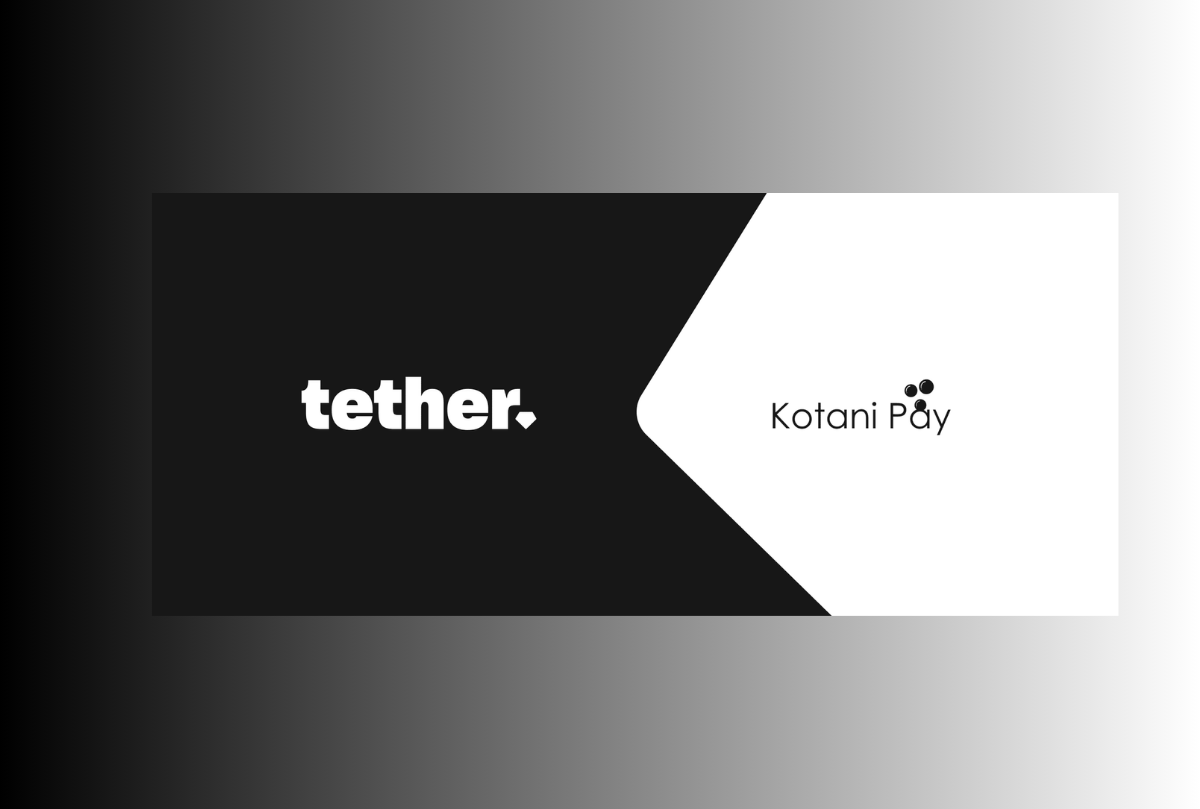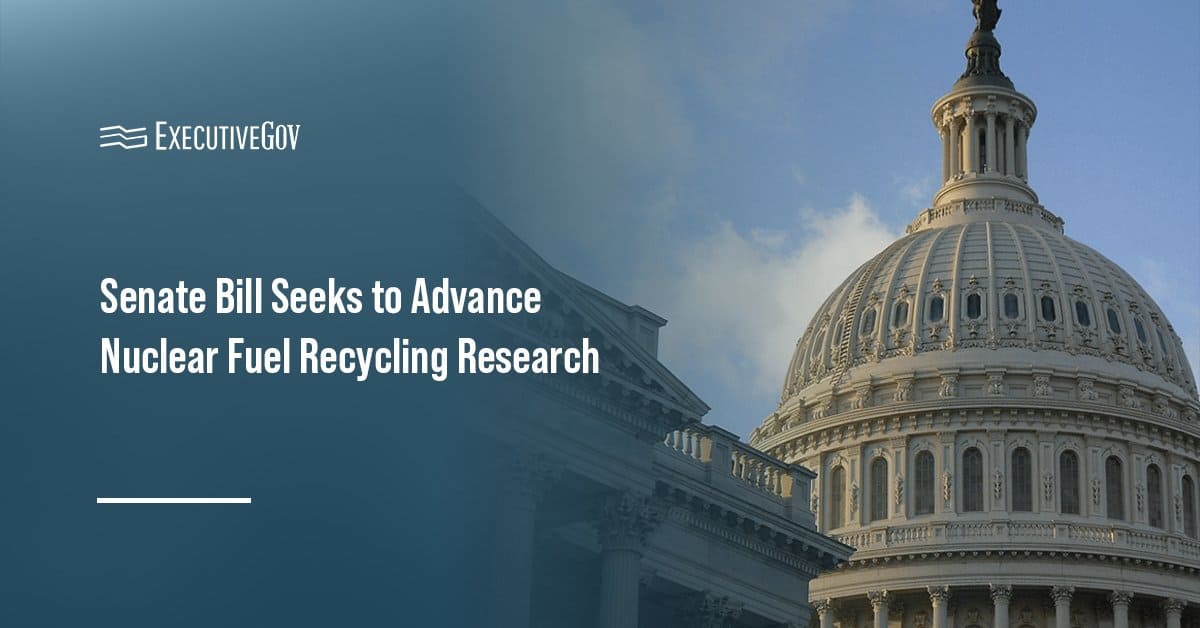Report on Employment Challenges and Alignment with Sustainable Development Goals
Introduction: The Modern Job Market Landscape
An analysis of current job-seeking experiences reveals significant challenges that directly impact several United Nations Sustainable Development Goals (SDGs). Individuals face a highly competitive environment requiring substantial personal investment and resulting in considerable mental strain. This situation underscores the difficulties in achieving targets related to economic stability and personal well-being.
Job-Seeking Strategies and Economic Impact
To navigate the competitive labor market, job seekers are adopting multifaceted and costly strategies. These approaches highlight systemic issues related to SDG 8 (Decent Work and Economic Growth) and SDG 10 (Reduced Inequalities).
- Financial Investment in Premium Services: Individuals subscribe to premium job platforms and specialized graphic design services to enhance their visibility and application quality. This financial barrier can exacerbate inequalities (SDG 10) by disadvantaging those unable to afford such tools.
- High Volume of Applications: One subject reported submitting over 200 job applications, indicating a significant disconnect between labor supply and the availability of decent work opportunities, a core tenet of SDG 8.
- Interim Employment and Digital Presence: While seeking permanent roles, individuals engage in temporary work and create digital content, such as YouTube channels, to document their journey. This reflects a need for alternative income streams in the absence of stable employment, touching upon SDG 1 (No Poverty).
Impact on Health, Well-being, and Job Security
The prolonged and arduous nature of job hunting has a demonstrable negative effect on individuals’ mental health and sense of security, directly conflicting with SDG 3 (Good Health and Well-being) and SDG 8.
- Mental Health Decline: Testimonials gathered from social media platforms like TikTok reveal profound emotional distress among job seekers. One comment from a 52-year-old individual, unemployed after 20 years with one company, described feeling “terrified, mentally unwell and no idea what to do.” This highlights a critical failure in supporting the well-being (SDG 3) of the workforce during career transitions.
- Lack of Job Security: The experience of the long-tenured employee who was laid off underscores the precariousness of modern employment and the challenge of securing decent, long-term work, which is a primary target of SDG 8. The widespread nature of these struggles, evidenced by hundreds of comments online, suggests a systemic issue rather than isolated incidents.
Analysis of Sustainable Development Goals (SDGs) in the Article
1. Which SDGs are addressed or connected to the issues highlighted in the article?
-
SDG 8: Decent Work and Economic Growth
- The entire article revolves around the challenges of unemployment and the extensive efforts individuals are making to find full-time jobs. The experiences of Duncan, who has submitted over 200 applications, and the commenter who was let go after 20 years, directly highlight the struggle to achieve full and productive employment, which is the central theme of SDG 8.
-
SDG 3: Good Health and Well-being
- The article explicitly connects job-seeking struggles with mental health issues. The comment from a 52-year-old job seeker stating, “I am terrified, mentally unwell and no idea what to do,” provides a direct link between unemployment and a decline in mental well-being, which is a key component of SDG 3.
2. What specific targets under those SDGs can be identified based on the article’s content?
-
Target 8.5: By 2030, achieve full and productive employment and decent work for all women and men, including for young people and persons with disabilities, and equal pay for work of equal value.
- The article’s focus on individuals like Duncan searching for a “new full-time job” and the widespread difficulty in finding work, as evidenced by “hundreds of comments from other people also struggling,” directly relates to the goal of achieving full and productive employment for all. The struggle itself indicates that this target is not being met for the individuals described.
-
Target 3.4: By 2030, reduce by one-third premature mortality from non-communicable diseases through prevention and treatment and promote mental health and well-being.
- The article’s content directly addresses the “promote mental health and well-being” aspect of this target. The quote from the commenter who feels “terrified, mentally unwell” due to job loss illustrates the negative psychological impact of unemployment, highlighting a failure to protect and promote the mental well-being of this segment of the population.
3. Are there any indicators mentioned or implied in the article that can be used to measure progress towards the identified targets?
-
Implied Indicator for Target 8.5 (related to official indicator 8.5.2: Unemployment rate)
- The article provides qualitative data that implies a challenging labor market, reflecting a high unemployment rate or underemployment. The statement, “I’ve submitted over 200 applications,” and the fact that hundreds of others are commenting on social media about similar struggles, serve as anecdotal indicators of the difficulty in securing employment. This high volume of applications for each individual suggests a scarcity of available jobs relative to the number of seekers.
-
Implied Indicator for Target 3.4
- The article offers a direct qualitative indicator for measuring mental well-being. The personal testimony, “I am terrified, mentally unwell and no idea what to do,” serves as an indicator of the state of mental health among the unemployed. The prevalence of such sentiments, suggested by the “hundreds of comments,” could be used as a measure of the psychological distress linked to economic insecurity.
Summary Table: SDGs, Targets, and Indicators
| SDGs | Targets | Indicators |
|---|---|---|
| SDG 8: Decent Work and Economic Growth | Target 8.5: Achieve full and productive employment and decent work for all. | High volume of job applications per person (e.g., “over 200 applications”) and widespread social media reports of job-seeking struggles, implying a high unemployment rate (related to Indicator 8.5.2). |
| SDG 3: Good Health and Well-being | Target 3.4: Promote mental health and well-being. | Direct reports of mental distress among job seekers (e.g., feeling “terrified, mentally unwell”). |
Source: bbc.com






